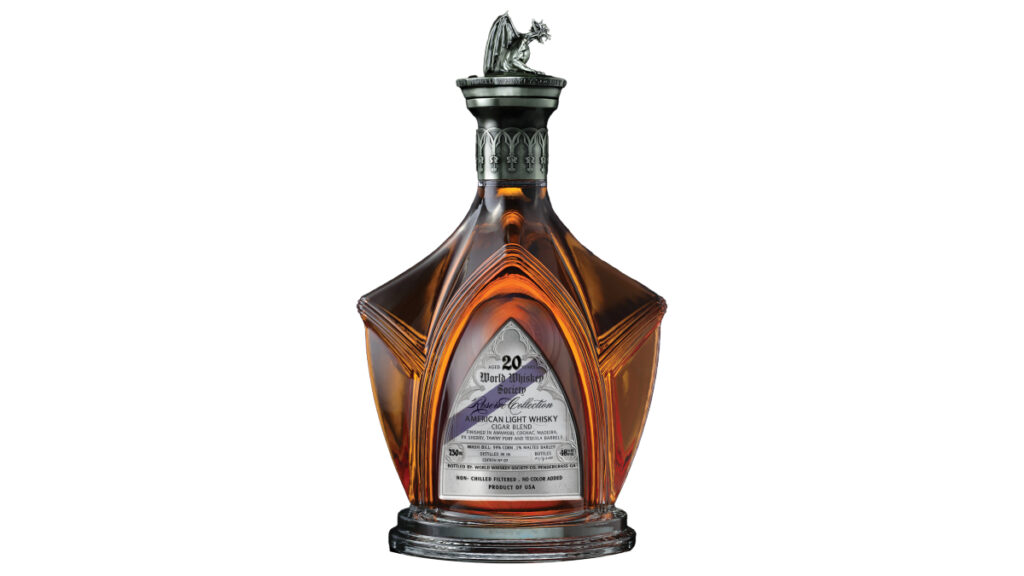
A new 20-year-old light whiskey has captured the attention of whiskey enthusiasts and experts alike, earning accolades as one of the best cask finishes of the year. This latest offering stands apart from traditional bourbon or rye, showcasing a unique flavor profile that has sparked interest across the spirits industry.
The whiskey, which is not classified as bourbon or rye, presents a lighter, more nuanced taste, making it a standout in the crowded whiskey market. The careful cask finishing process has been credited with enhancing its flavors, drawing praise from reviewers and connoisseurs.
Understanding Cask Finishing
Cask finishing is a technique used by distillers to add complexity and depth to whiskey. By transferring the spirit into different types of barrels for a period of time, distillers can impart unique flavors and aromas. This process has become increasingly popular in recent years, with many distilleries experimenting with various cask types, such as sherry, port, and wine barrels.
According to industry experts, the art of cask finishing requires skill and precision. “The choice of cask and the duration of the finishing process can significantly influence the final product,” said a leading whiskey reviewer. “It’s about finding the perfect balance to enhance the whiskey’s natural character without overpowering it.”
The Rise of Light Whiskey
Light whiskey, a category that has often been overshadowed by its more robust counterparts, is gaining recognition for its versatility and subtlety. Unlike bourbon or rye, which are defined by strict production regulations, light whiskey offers distillers more creative freedom in terms of flavor development.
This particular 20-year-old light whiskey exemplifies the potential of the category. Its smooth texture and refined taste have been described as “sophisticated” and “elegant,” appealing to both seasoned whiskey drinkers and newcomers alike.
Historical Context
The emergence of light whiskey as a contender in the spirits world is not without precedent. In the 1960s and 1970s, light whiskey was introduced as a response to changing consumer preferences, offering a milder alternative to traditional American whiskeys. However, it struggled to gain a foothold in a market dominated by bourbon and rye.
Today, with a growing interest in diverse flavor profiles and innovative production techniques, light whiskey is experiencing a renaissance. Distillers are revisiting this category, exploring its potential to create distinctive and memorable spirits.
Expert Opinions and Market Implications
The acclaim for this new 20-year-old light whiskey highlights a broader trend in the whiskey industry: the increasing demand for unique and high-quality products. “Consumers are more adventurous than ever,” noted a spirits industry analyst. “They’re looking for whiskeys that offer something different, and cask finishes are a perfect way to deliver that.”
“The choice of cask and the duration of the finishing process can significantly influence the final product.” – Leading Whiskey Reviewer
As the whiskey market continues to expand, distillers are likely to explore new avenues for innovation, including the use of unconventional casks and aging techniques. This trend not only benefits consumers but also encourages creativity and experimentation within the industry.
Looking Ahead
The success of this 20-year-old light whiskey could pave the way for more distilleries to explore the potential of cask finishing. As consumer tastes evolve, the demand for distinctive and high-quality spirits is expected to grow, driving further innovation and diversity in the whiskey market.
For whiskey enthusiasts and newcomers alike, this development represents an exciting opportunity to discover new flavors and experiences. As distillers continue to push the boundaries of what’s possible, the future of whiskey looks brighter—and more varied—than ever.






